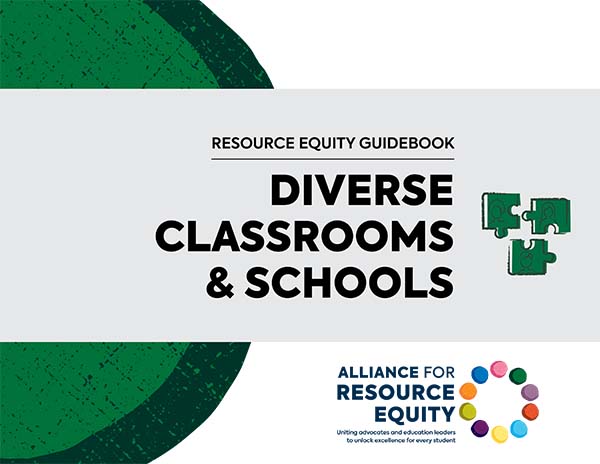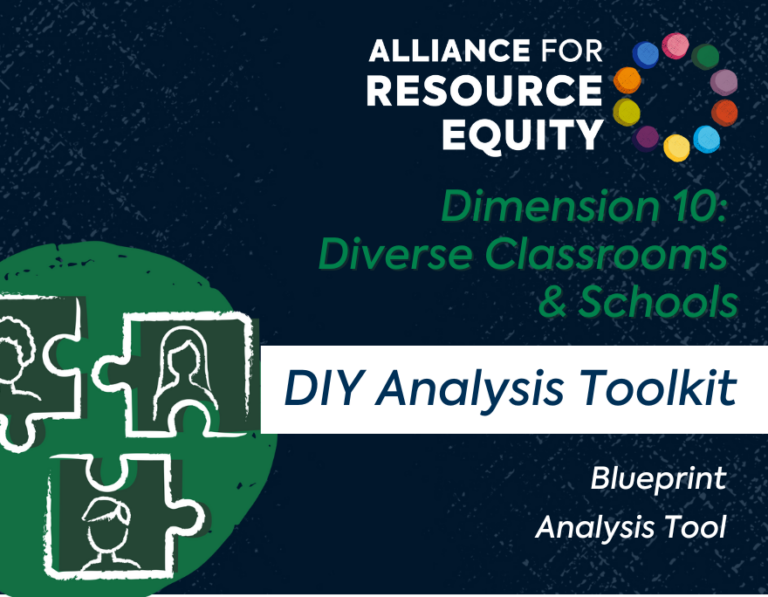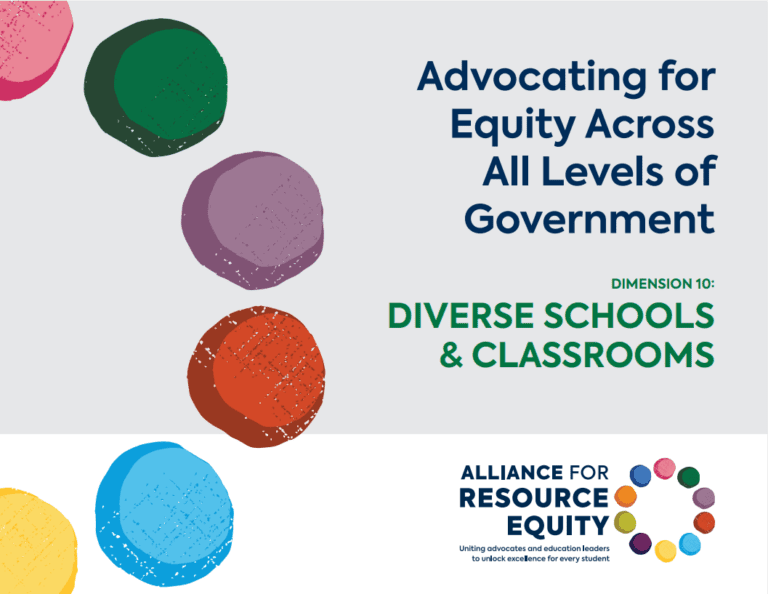Common Causes of Inequity
- Biased district policies: When school assignment, zoning, choice, or transportation policies reinforce residential segregation, it can limit the opportunity for students to go to school with a diverse group of peers.
- Limited access to advanced courses: If schools have insufficient or biased systems for enrolling students in advanced coursework, it can lead to students of color and students from low-income backgrounds being tracked into lower-level courses.
- Ineffective scheduling practices: School scheduling timelines and processes can limit students’ enrollment in appropriate course offerings with a diverse group of peers.
Key Questions to Explore
- What is the racial, ethnic, and socioeconomic composition of our district’s enrolled students?
- How does the racial, ethnic, and socioeconomic composition of school level student enrollment compare to our district overall?
- What is the racial and socioeconomic composition of classrooms, compared to the composition of their school?
What Does the Data Say About Diverse Classrooms & Schools?
Our interactive data resource will help deepen your understanding of how dimensions of resource equity like Diverse Classrooms & Schools play out in schools and districts across the country. As you navigate these interactive stories, you’ll learn how system shifts can lead to more equitable and better student experiences and outcomes.
Diverse Classrooms & Schools Resources
Related Dimensions
No single dimension of education resource equity can unlock every student’s potential—but when dimensions are combined to meet students’ distinct needs, they are a strong foundation for unlocking better, more equitable experiences in school.
Explore the Positive & Inviting School Climate dimension, since students need to feel safe and free from discrimination, harassment, bullying, or physical harm, especially when learning with peers from different backgrounds.




